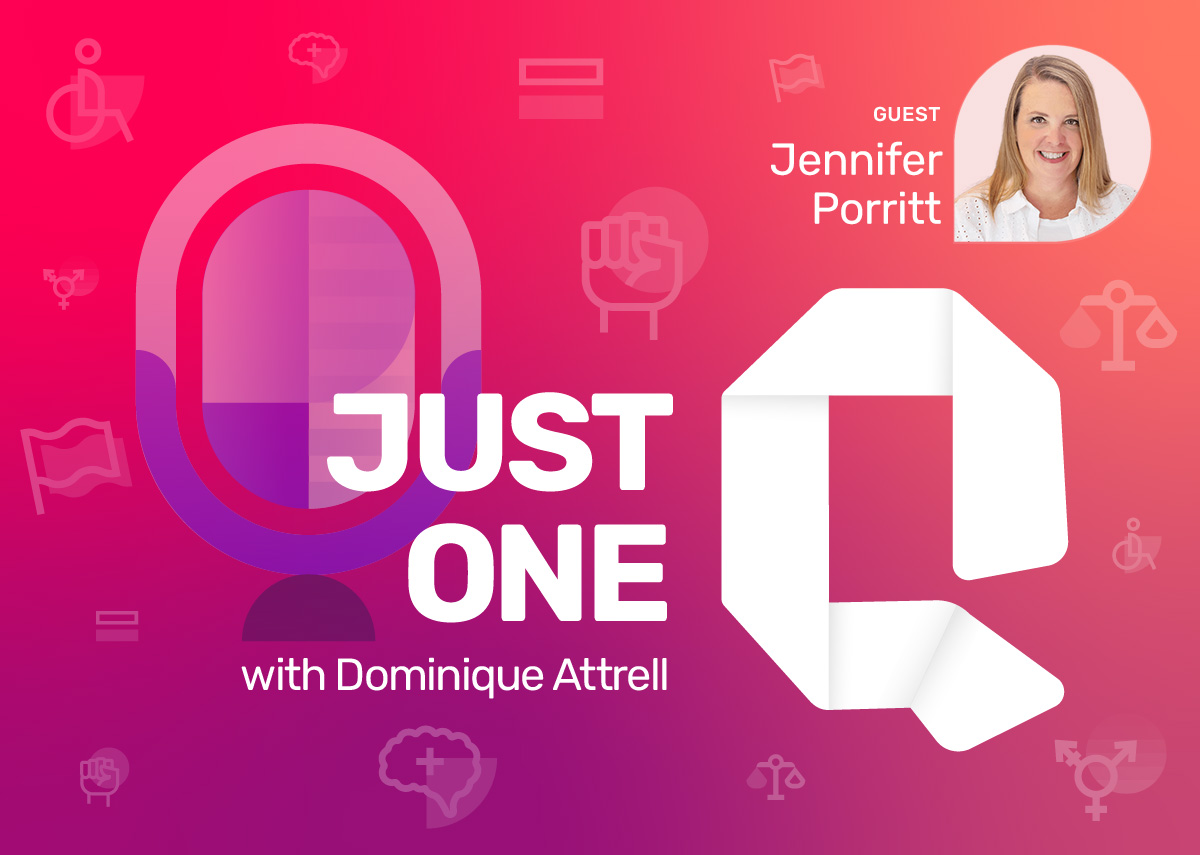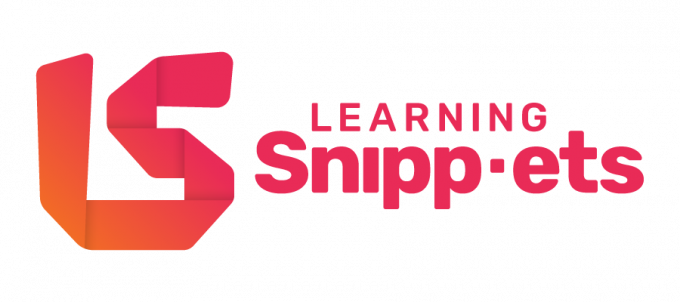
While some decisions, like hiring, are yours alone, others benefit from team input. Excluding your team can lead to a lack of buy-in and decreased morale.
When you involve your team, you build trust, gain valuable insights, and ultimately, make better decisions. So, next time you face a big decision, ask yourself: “What are the risks of not including my team?” You might be surprised by the answer.
I would say what’s the risk? Or another question I would ask is what’s the risk to the organization, to the work, to my people, if I don’t include them in the decision? But also if I do include them in the decision? And let’s face it, there are decisions that leaders need to make that they cannot collaborate on. For example, thinking about hiring or performance management.
I mean, these are responsibilities of the leader that they have to take on. Certainly they can consult with perhaps peers or people above them, but that’s not an appropriate decision for a team to make. You know, what’s the risk if I don’t include people in this decision? Because, buy in as we all know, a really key way to have people buy in to decisions is, do they have a voice in that decision?
So just to give you an example of this, I remember working in an organization once where we were doing an office reorg and we were moving from one building to another and the leader of the group made all the decisions about how the office was going to be set up, didn’t consult with the team at all, then the team moves into this new office space, and it’s totally not functional for them.
You know, teams of people that would normally collaborate really closely in terms of day to day work, all of a sudden were spaced really far apart. I mean, there were just decisions made that didn’t make sense for the team. That really impacted the effectiveness. Effectiveness of the team, as well as the morale because really it’s like saying to somebody, okay, I’ve made a decision about your home and where you’re going to live, and you’re just going to have to like it.
And that can be really demoralizing, right? So it’s thinking about, okay, do I need these people to buy into this decision? Is it appropriate for them to weigh in the decision, or should I just consult them, and be very clear about, at the end of the day, it’s my decision as a leader, but I really want to hear your voices too.
So, there’s lots of different opportunities to consider, but just recognizing that there’s certain decisions that as a leader, they’re going to look to you to make, especially if there’s conflict on the team, or maybe there’s a lot of indecision on the team, they’re going to be looking to you to make that decision to move forward.
And so just being really, again, back to that being clear, being kind, being upfront with them to say, this is what I’m consulting you on, or I want you to help me make this decision can be really good in terms of setting that expectation with your team as well.
I think it’s important just to be really clear with the team about whether you see the responsibility for the decision to be yours as the leader, or if it’s really something that you want to come to a consensus on. And consensus, I think sometimes people, uh, leaders can mistake this idea of consensus because they believe that, well, consensus means that absolutely everyone has to agree to this decision.
And Patrick Lencioni and his work around the Five dysfunctions of a team argues that in order to have consensus it doesn’t necessarily mean that everyone has to fully commit to the decision. What they have to fully commit to though is standing up to the decision ultimately when it’s made. So that sort of relies on giving people the opportunity to have debate, to ask the tough questions, to really understand the why behind the decision.
So ultimately, as the leader you can say, I’m looking for consensus. It doesn’t mean that everyone’s going to agree, but we all have to at least buy into this idea and be able to communicate that to others. That can go a long way in terms of, not only gaining commitment from the team, but also again, building that trust and clarity as a leader.
Jenn has been immersed in human resources and training for more than 25 years and she’s committed to helping leaders evolve and grow to support successful organizations.
She holds a master’s certificate in organizational development and change from the Schulich School of Business and professional designations in both human resources (CHRL) and training & development (CTDP). She also holds coaching certifications from Brené Brown’s Dare to Lead, Team Coaching International, EQ in Action, Everything DiSC Workplace, Crucial Conversations, and Five Behaviours of Team Development.
Jenn’s career started in HR at the University of Wilfred Laurier in Waterloo, Ontario, then she moved to PriceWaterhouseCooper where she learned, tested, implemented, planned and oversaw hundreds of tools, trainings, courses, assessments, and management interventions. She has empowered more than 5,000 individuals and led more than 475 trainings.
Jenn is also the Subject Matter Expert for two of Dialectic’s new Learning Snippets programs: Leadership 101 and Collaboration 101. These are scenario-based microlearning programs that are designed to equip leaders and team members with proven tools and strategies.
Dialectic helps organizations improve the way people work, learn, and collaborate through person-centred design and the latest in social science.

Does your team struggle with learning new soft skills?
Use our app or upload Snippets to your LMS to build better habits in minutes with scenario-based microlearning.
© 2024 Dialectic. All rights reserved. | Contact Us | Privacy Policy | Terms of Use | AODA Statement
See how easy it is to activate soft skills in your organization. Soft skills training on 3 key topics: DEI, Leadership, and Collaboration.